Wildlife sanctuaries are more natural and ethical in protecting animals than
traditional zoos. These places are always concerned with the welfare of animals and
provide rehabilitation opportunities, education, and conservation work.
Their focus on creating authentic habits and maintaining minimal human interaction
distinguishes them from ordinary animal exhibitions. These sanctuaries show how
conservation can effectively work in harmony with nature while allowing humans to
learn about and appreciate wild animals.
The Elephant Nature Park, Chiang Mai, Thailand
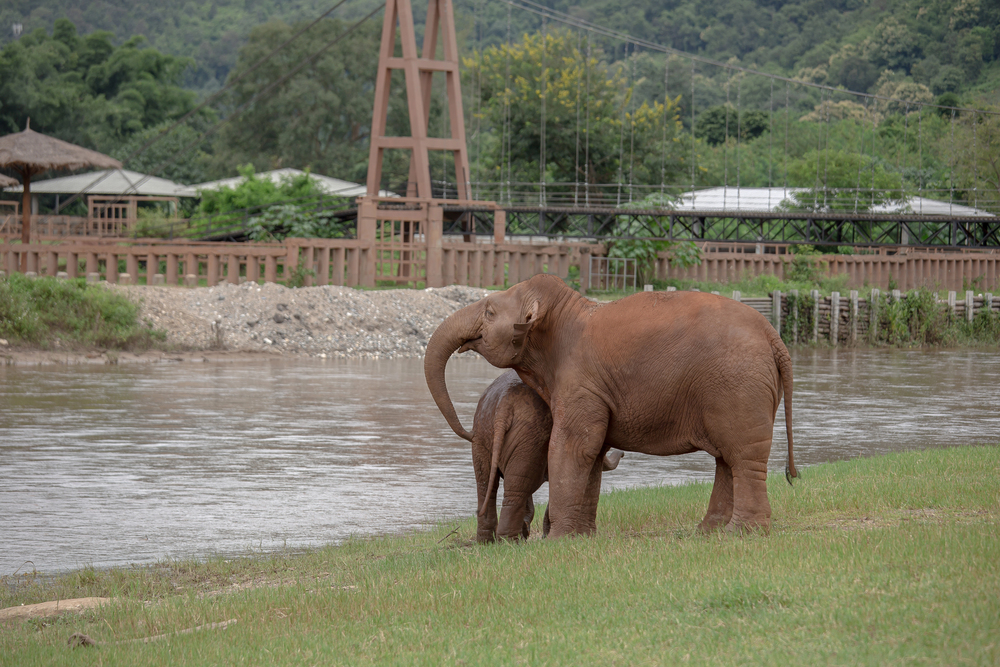
This sanctuary has become a global model for ethical elephant conservation and
rehabilitation. The sprawling facility provides a natural haven for rescued elephants
who have suffered abuse in the tourism and logging industries.
Its successful rehabilitation program has helped dozens of elephants recover physically and emotionally.
The Wild Animal Sanctuary, Colorado, USA
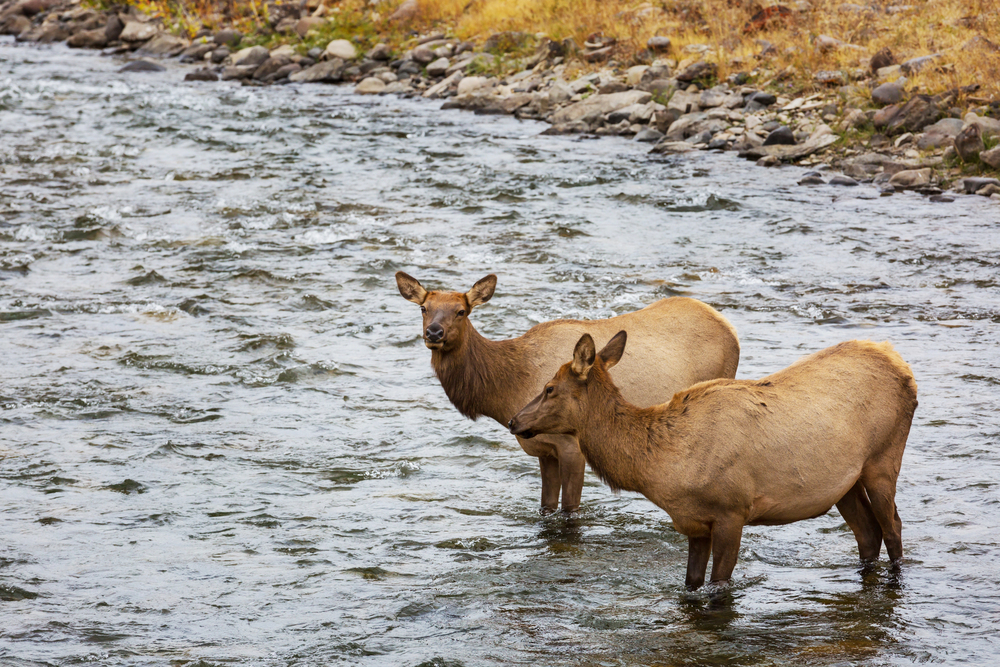
This massive sanctuary spans over 10,000 acres of pristine Colorado wilderness.
The elevated walkways allow visitors to observe rescued large carnivores without
causing stress to the animals.
Their innovative approach has created a new standard for how humans can respectfully observe wild animals in captivity.
Like Travel Pug’s content? Follow us on MSN.
Lone Pine Koala Sanctuary, Brisbane, Australia
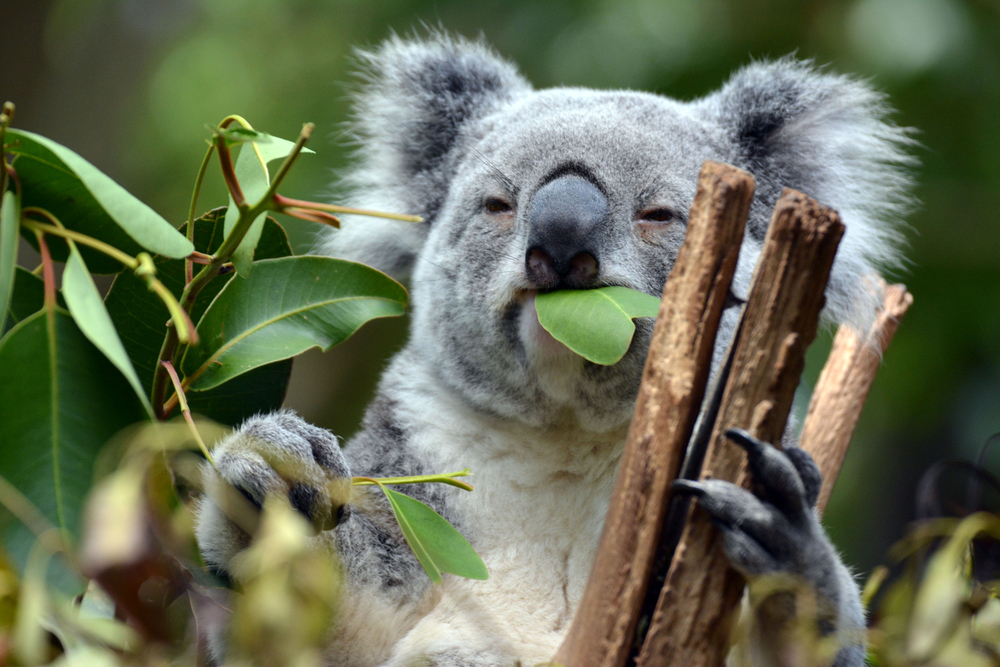
This sanctuary leads groundbreaking research in koala conservation and breeding
programs. The facility maintains natural eucalyptus forests that perfectly replicate the
marsupials’ native habitat.
Their successful breeding program has contributed significantly to protecting this iconic species.
The Sloth Sanctuary, Costa Rica
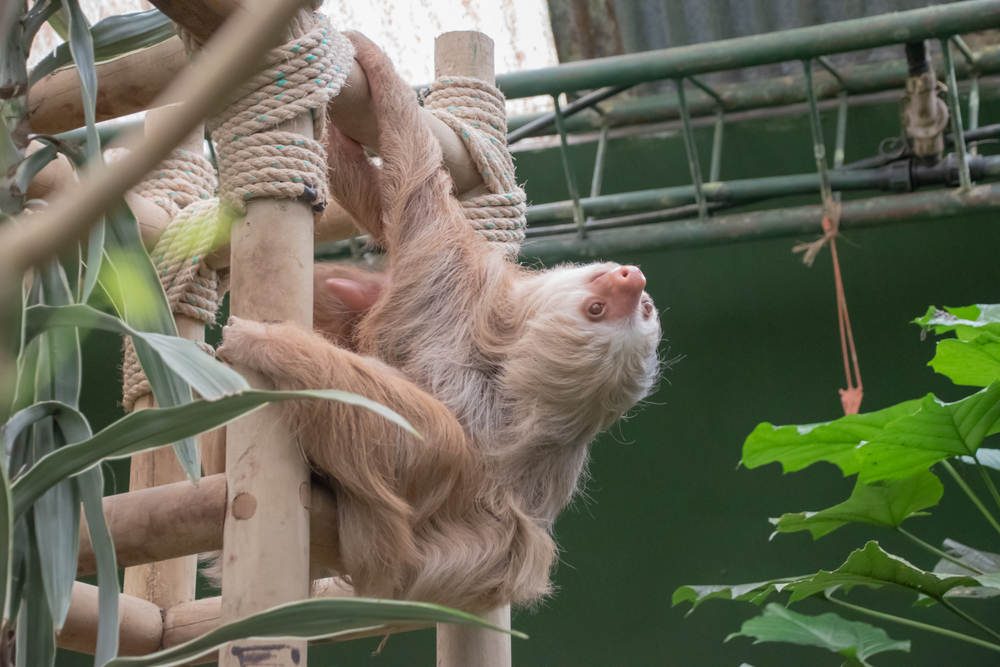
This pioneering facility specializes in the rehabilitation and study of both two-toed
and three-toed sloths. Their research has revolutionized our understanding of sloth
behavior and medical care.
The sanctuary’s dedication has made it the world’s foremost authority on sloth conservation.
The Samboja Lestari Orangutan Sanctuary, Indonesia
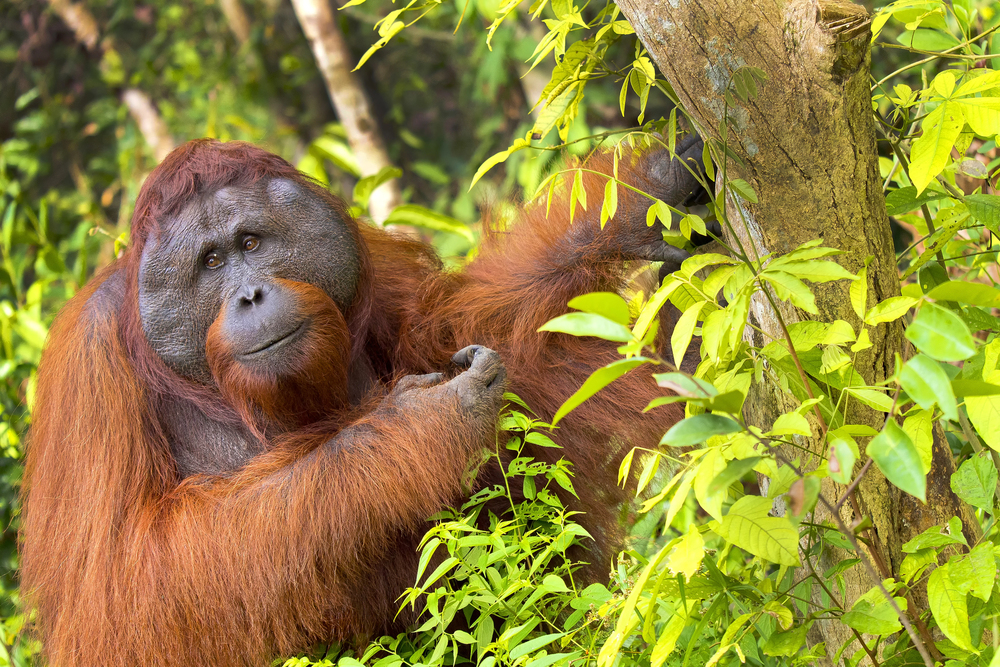
This sanctuary operates one of the world’s largest primate rehabilitation centers. Its
comprehensive rehabilitation program has successfully returned dozens of
orangutans to protected forest areas, and the center’s innovative forest restoration
project has created crucial habitats for endangered Bornean wildlife.
Like Travel Pug’s content? Follow us on MSN.
Wolf Haven International, Washington, USA
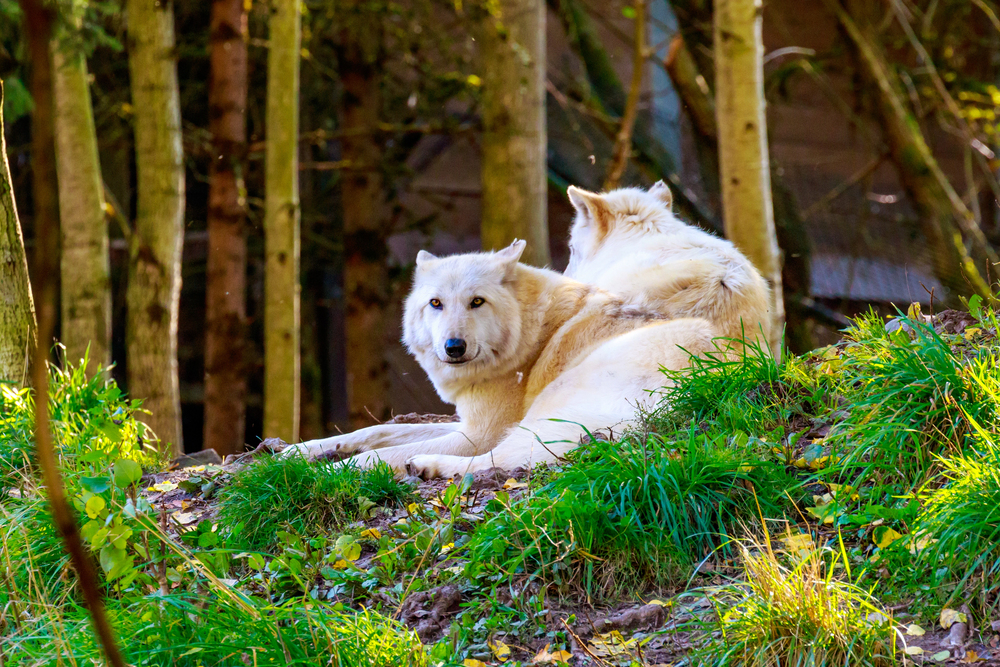
This sanctuary offers lifetime care for rescued wolves and wolf-dogs in naturalistic
enclosures. Its breeding program supports Mexican gray wolf and red wolf recovery
programs.
The facility’s educational initiatives have helped change public perceptions about these misunderstood predators.
The Big Cat Sanctuary, Kent, UK
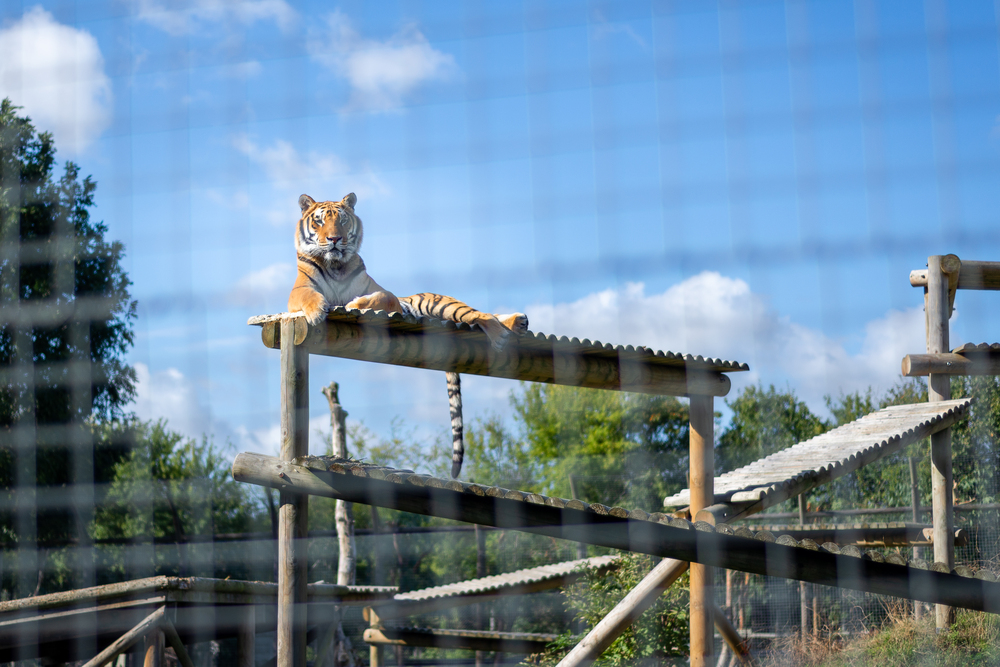
This facility specializes in the conservation and breeding of endangered wild cats.
Their customized enclosures replicate natural habitats from around the world.
The sanctuary’s successful breeding programs have helped preserve several critically
endangered species.
Kangaroo Sanctuary, Alice Springs, Australia
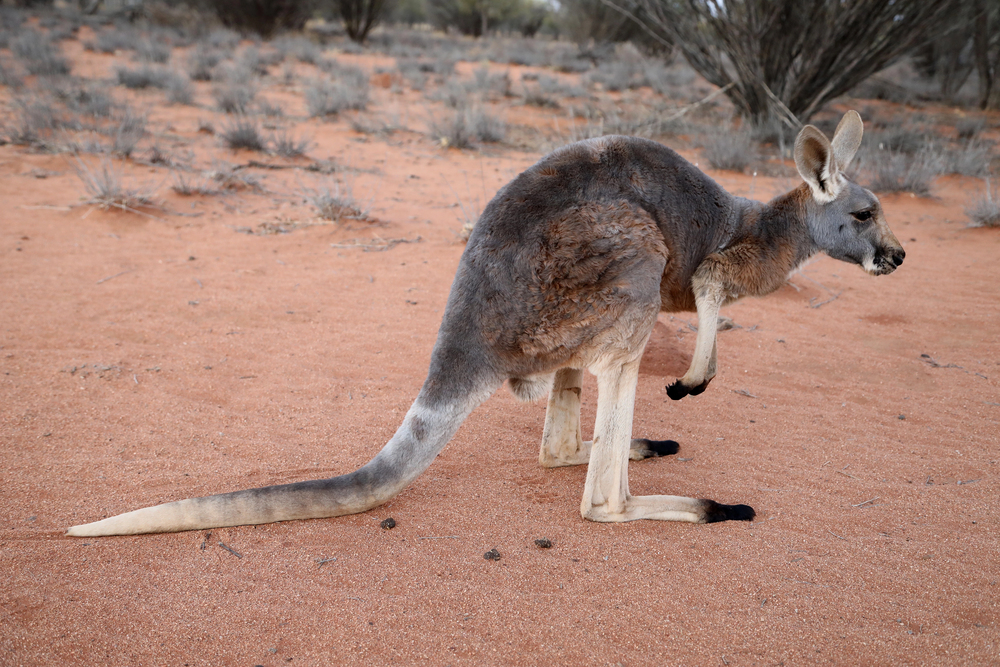
This sanctuary spans 188 acres of pristine Australian outback dedicated to rescued
kangaroos. Their rehabilitation program has saved hundreds of orphaned joey
kangaroos.
The facility’s unique approach allows visitors to observe these marsupials in their natural behavior patterns.
Like Travel Pug’s content? Follow us on MSN.
The Birds of Eden, South Africa
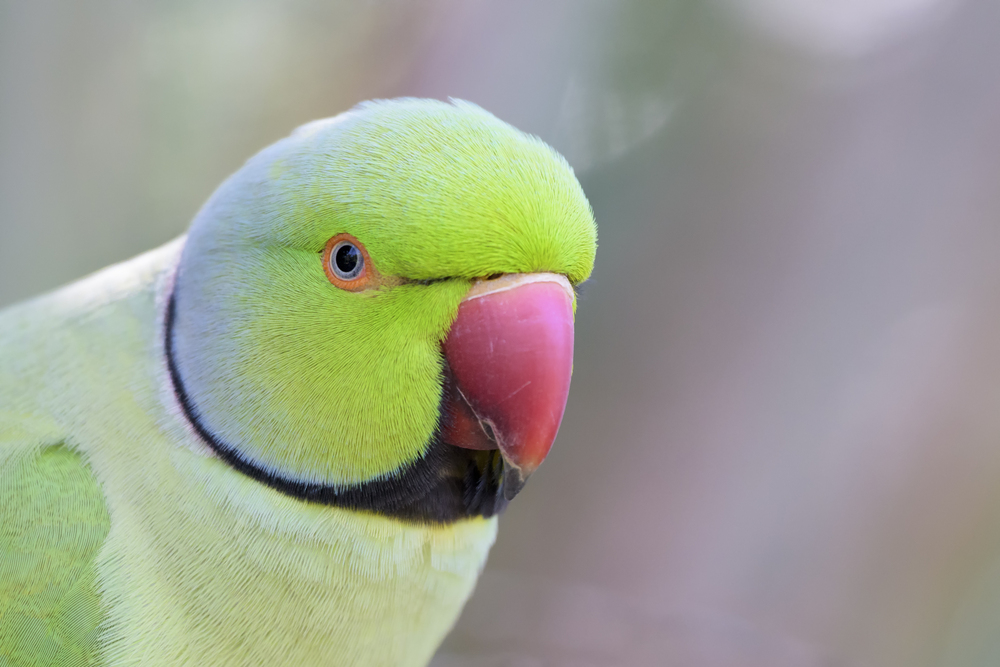
This sanctuary houses the world’s largest free-flight aviary for rescued birds. The
massive sanctuary spans several acres of Indigenous forest habitat.
Its successful rehabilitation program has given thousands of previously caged birds new lives.
The Bear Forest, Netherlands
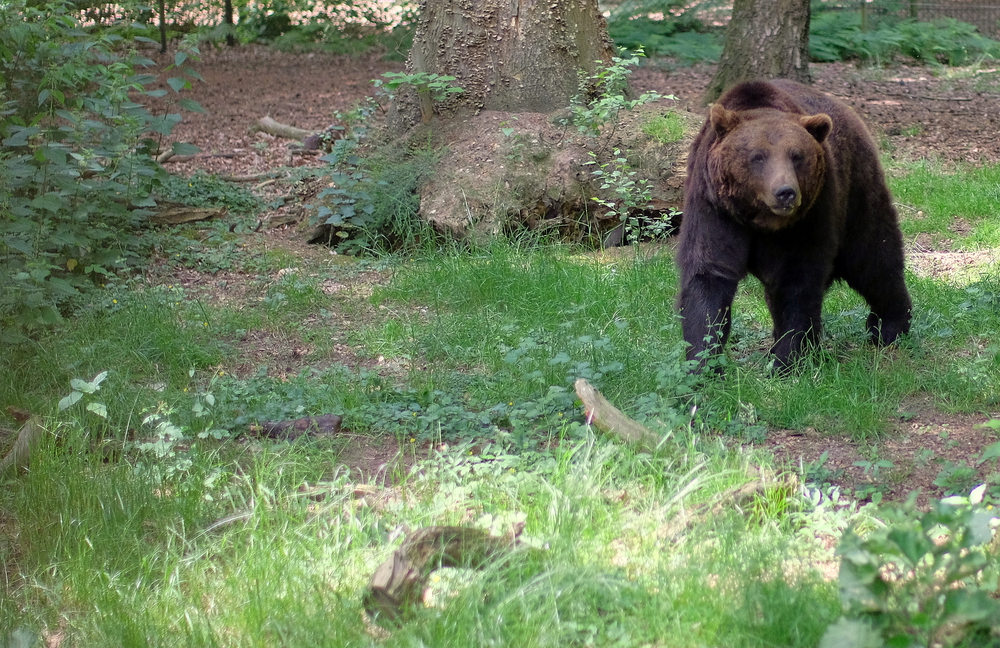
This sanctuary provides a peaceful retirement for bears rescued from the
entertainment industry. Its specially designed forest habitat allows bears to express
natural behaviors, and the facility’s approach has become a model for ethical bear
sanctuaries worldwide.
The Black Jaguar White Tiger Foundation, Mexico
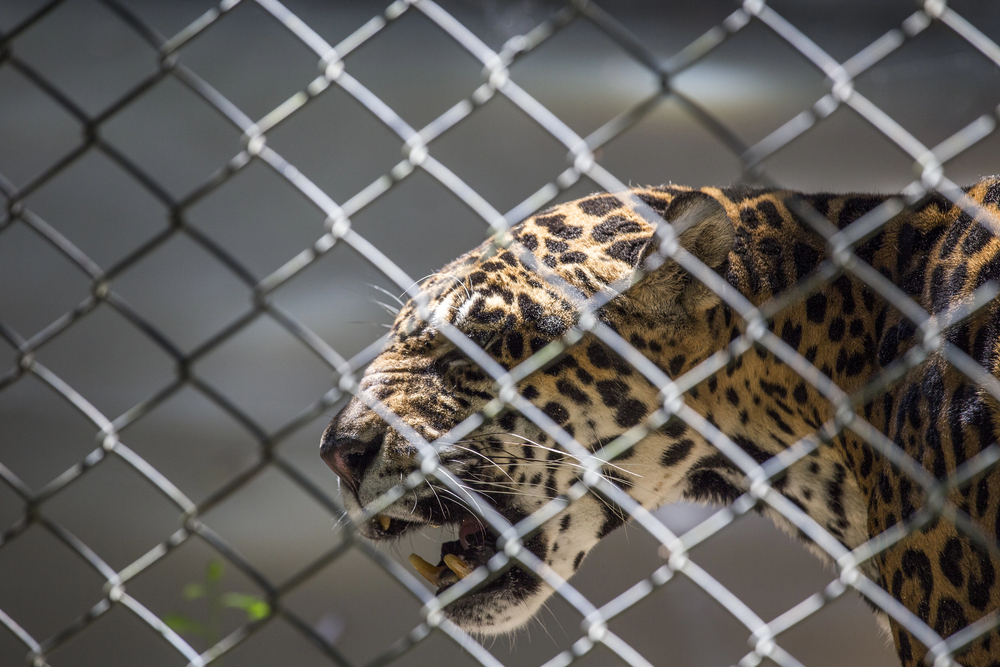
This sanctuary is devoted specifically to big cat rescue and rehabilitation in a natural
setting. The huge territory available provides suitable space for the formation of
natural social groups for the rescued cats, thereby focusing the public on providing
sufficient space for large carnivores.
Like Travel Pug’s content? Follow us on MSN.
Gibbon Conservation Center, California, USA
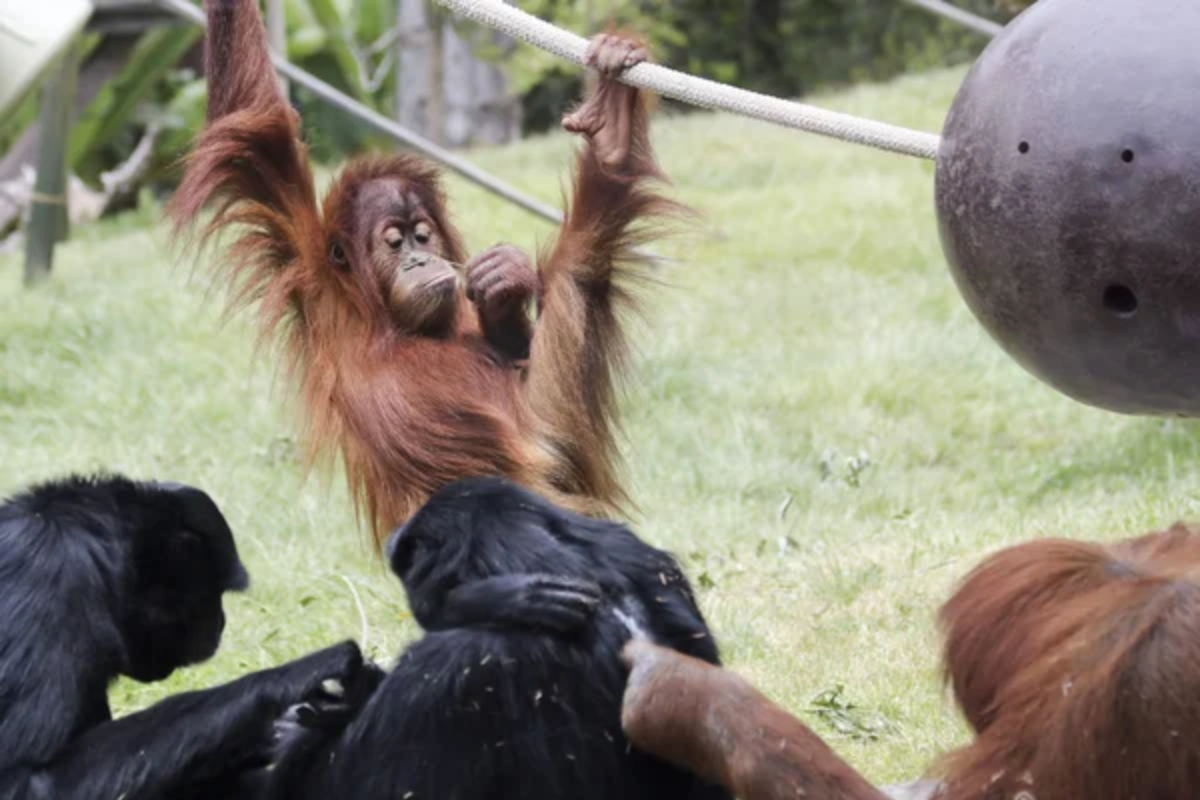
This facility specializes solely in gibbon conservation and research. Through its
breeding program, it has been able to conserve several endangered species of
gibbons.
The research conducted here has transformed our knowledge about gibbon vocalization and social behavior.
The Turtle Conservancy, New York, USA
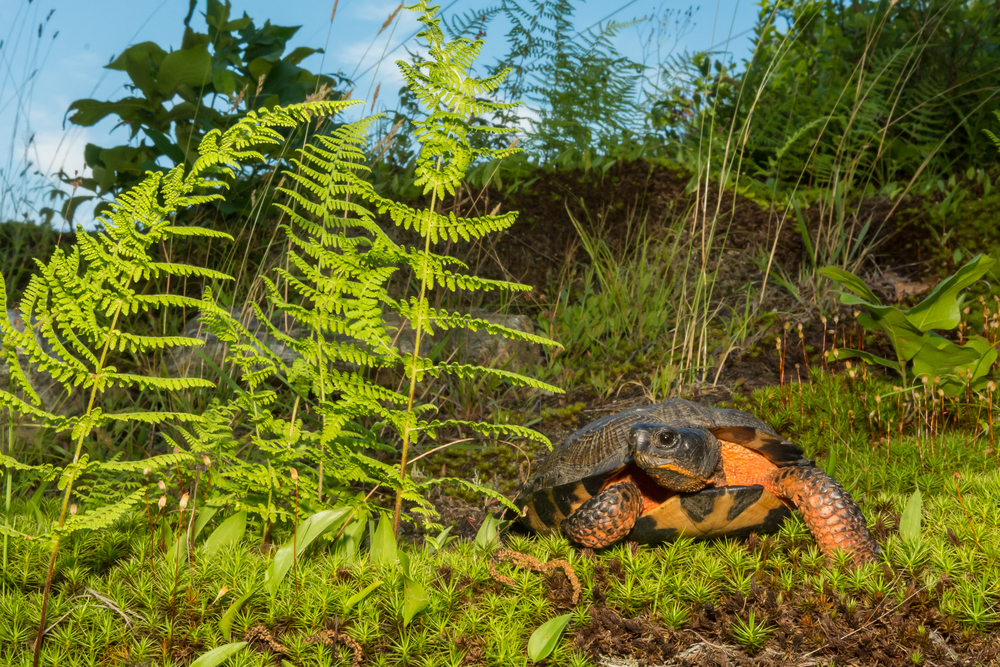
This sanctuary leads global efforts in tortoise and freshwater turtle conservation. Its
breeding programs have successfully reproduced several critically endangered
species, and the facility’s research has significantly advanced our understanding of
chelonian biology.
The Dian Fossey Gorilla Fund, Volcanoes Park, Rwanda
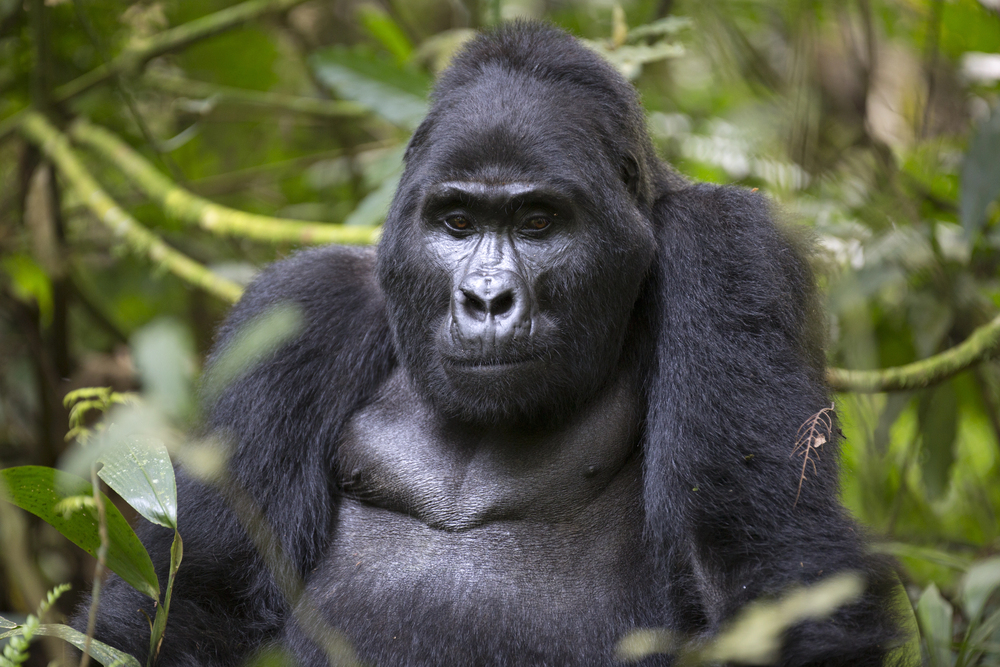
This organization operates the longest-running gorilla conservation program in the
world. Their daily protection and monitoring efforts have helped double the mountain
gorilla population.
Their research and community-based conservation approach have become a model for primate conservation worldwide.
Like Travel Pug’s content? Follow us on MSN.
The Penguin Sanctuary, Cape Town, South Africa
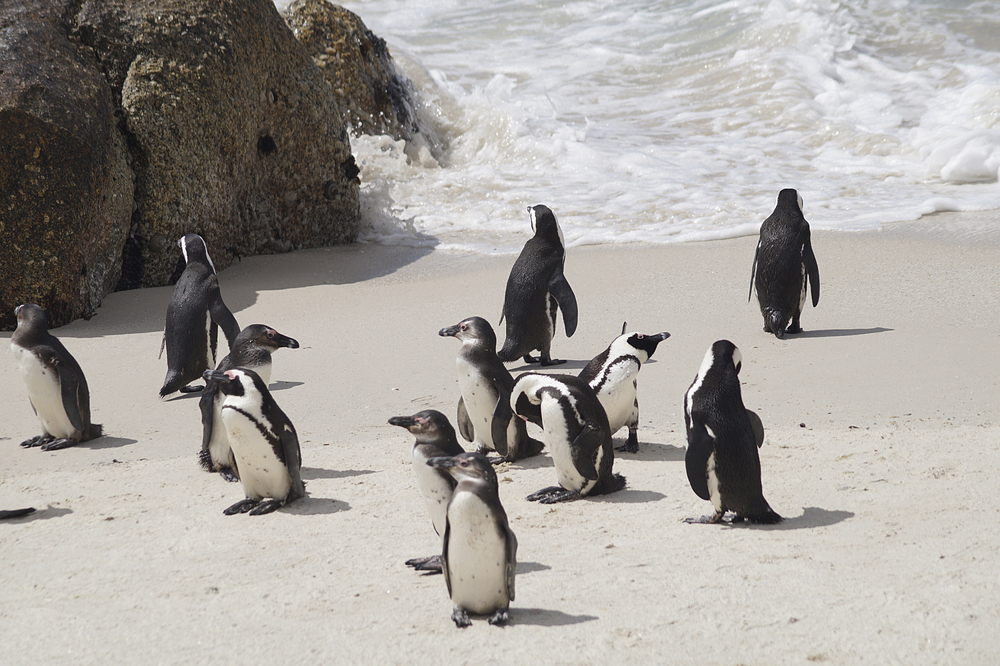
This coastal sanctuary specializes in African penguin rehabilitation and conservation.
Its breeding program has successfully bolstered wild penguin populations and the
facility’s research has provided crucial insights into penguin behavior and breeding
patterns.
The Macaque Sanctuary, Gibraltar
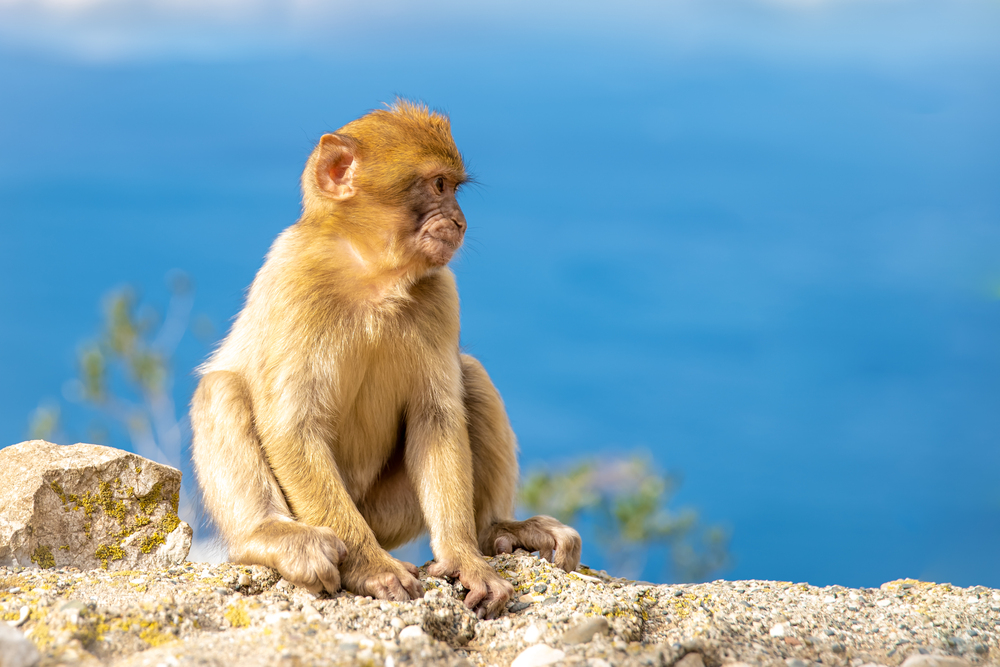
This unique sanctuary protects Europe’s only free-ranging monkey population. Its
conservation efforts maintain the natural behavior of barbary macaques and have
preserved an important cultural and historical primate population.
The sanctuary is also a vital research center, providing scientists with unique opportunities to study primate social dynamics and behavior in a semi-wild environment.
The Red Panda Sanctuary, Nepal
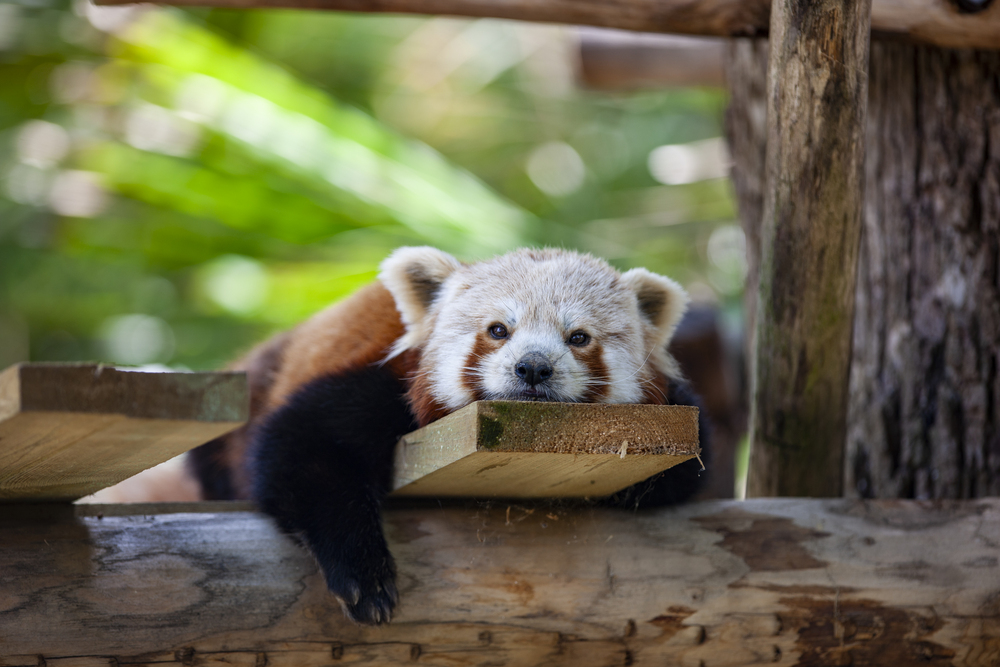
This sanctuary leads conservation efforts for the endangered red panda species. Its
breeding program has successfully increased wild population numbers, and the
facility’s research has expanded our knowledge of red panda ecology.
The sanctuary’s innovative community-based conservation approach has created a
sustainable model for protecting endangered species while supporting local
livelihoods.
Like Travel Pug’s content? Follow us on MSN.
The Marine Mammal Discovery Centre, Vancouver, Canada
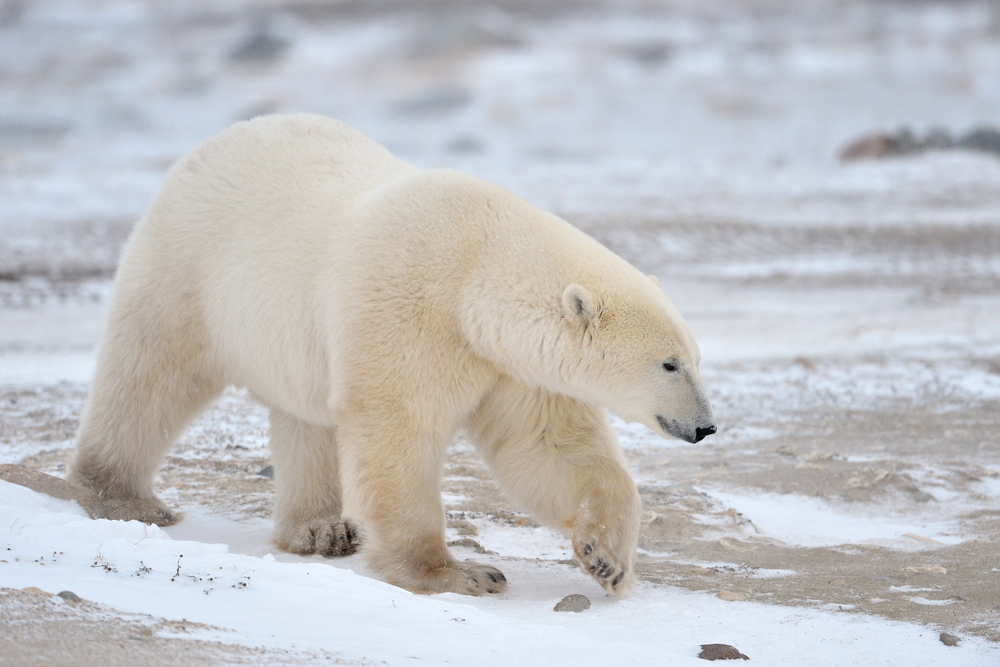
This rehabilitation facility specializes in rescuing and treating injured marine
mammals. Their state-of-the-art medical facilities have successfully rehabilitated
hundreds of seals and sea lions.
The center’s educational programs have raised crucial awareness about marine mammal conservation.
The Deer Sanctuary, Nara, Japan
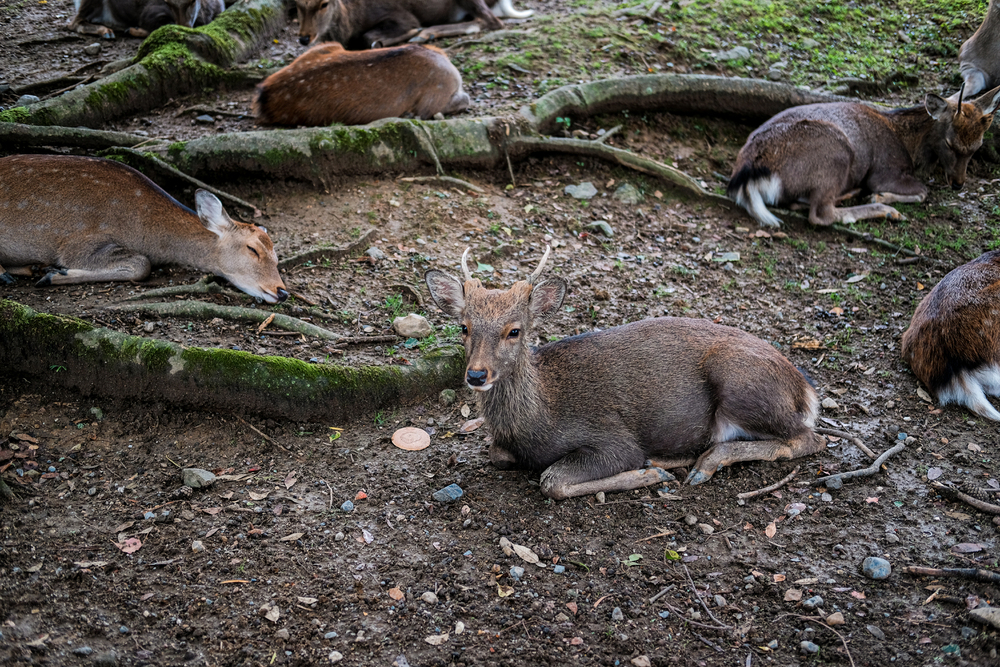
This historic sanctuary protects sacred sika deer in their natural environment. Their
conservation efforts maintain ancient cultural traditions while protecting wildlife.
The sanctuary’s approach demonstrates successful coexistence between humans and
wildlife. The facility’s innovative health monitoring program ensures the well-being of
over 1,200 free-roaming deer while maintaining their cultural significance.
The Healesville Sanctuary, Victoria, Australia
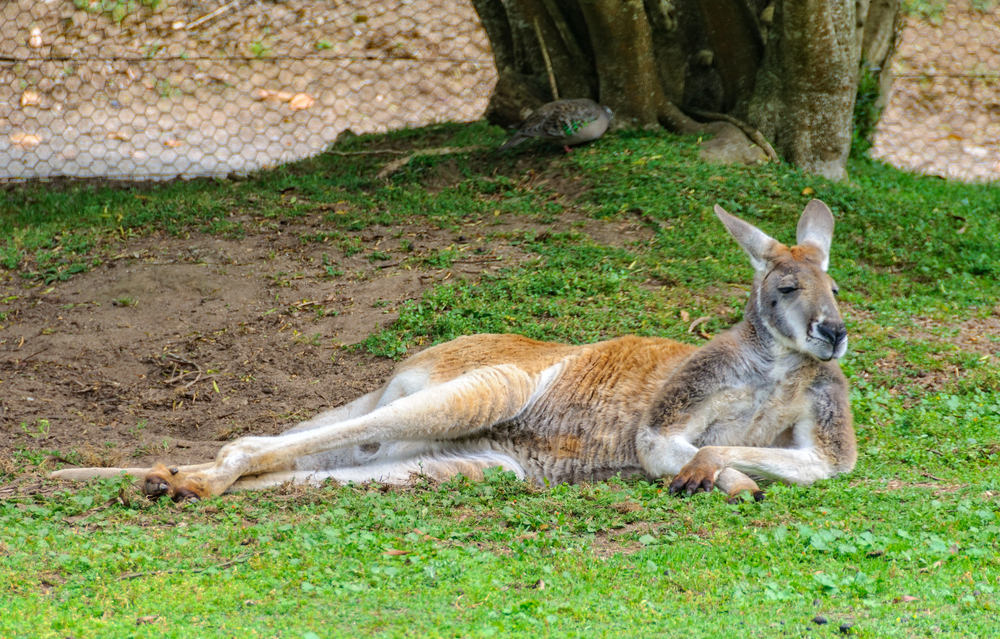
This sanctuary specializes in native Australian wildlife, including platypus
conservation. Their breeding program has achieved unprecedented success with
notoriously difficult-to-breed species.
The facility’s research has significantly advanced our understanding of monotreme biology and behavior.
Like Travel Pug’s content? Follow us on MSN.
Exploring Wildlife Sanctuaries Changes Conservation Forever
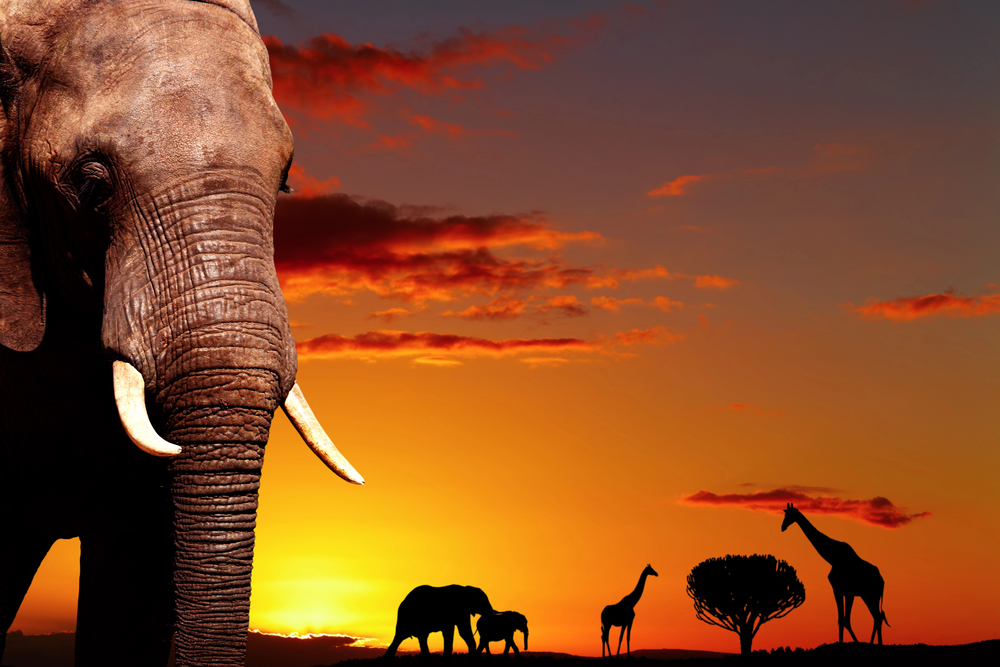
These sanctuaries represent a fundamental shift in how humans interact with and
protect wildlife. Their focus on natural habitats, rehabilitation, and minimal human
interference provides a model for future conservation efforts.
As we face environmental challenges, these sanctuaries offer hope for preserving Earth’s magnificent creatures for future generations. Through their tireless work and innovative approaches, these sanctuaries are proving that there is a better way to protect and preserve Earth’s most vulnerable species.

- 15 Dangerous European Cities to Avoid
- 15 Caribbean Islands Where Tourists Keep Getting Scammed
- The 20 Most Fascinating Abandoned Places: A Journey Through Time and Forgotten Spaces
- 15 Hidden Places in the Smithsonian Museums Locals Love: A Guide to Lesser-Known Treasures
- 16 Hidden Florida Beach Towns That Aren’t Overrun with Tourists
Like Travel Pug’s content? Follow us on MSN.
